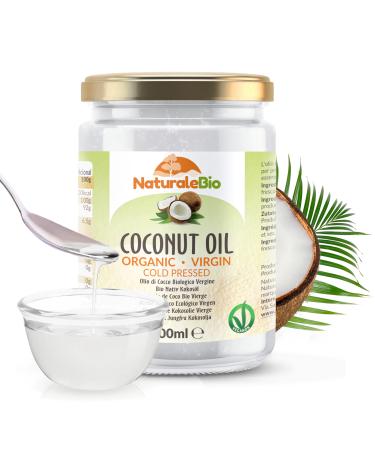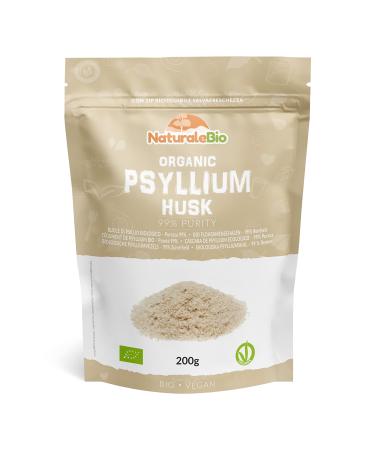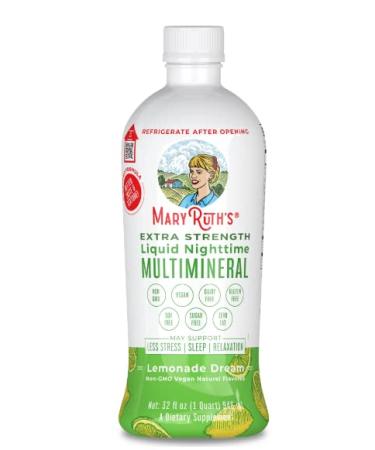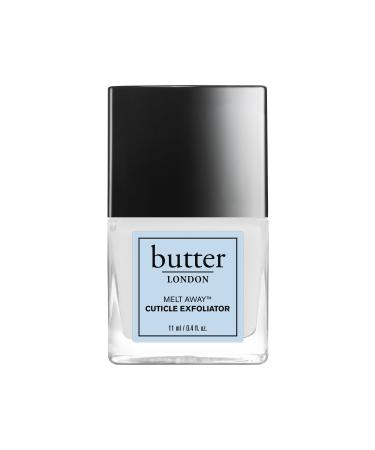WHAT IS CACAO
Cacao is what Linnaeus called Theobroma from Theos, meaning "god", and broma "food" or food of the gods. It brings well-being and satisfaction and science now confirms that cocoa not only makes you happier, as it is able to promote the production of endorphins, but also healthier. The plant's treasures are undoubtedly contained mainly in the beans enclosed in its fruit pod. The beans can be eaten raw or they can be made into nibs or powder depending on how they will be consumed.
THE CACAO PLANT
The wild cacao plant is very diversified. Throughout its history it has given rise to a huge variety within its species due to numerous mutations. The plant grows upwards, reaching heights of 2 metres then the branches extend to form a roof, reaching up to 3 metres. The cacao plant bears fruit in a continuous cycle, but in general each plant has two crops, one before and one after the rainy season. It takes about 6 months from flowering to the ripening of the pods, which are the fruit. The life of a plant is about 25 years and it is not a plant suitable for intensive cultivation.
WHERE CACAO IS GROWN
Cacao is a tropical tree whose natural habitat is in the lower layer of the rainforest. All cacao species need regions where the temperature and humidity are high, rains are intense and the shade is dense. The plant only grows below 1000 m altitude on slightly acidic and moist but well-drained soils. Its preferred habitat, therefore, is in tropical forests where it finds a constant climate all year round with abundant precipitation well distributed throughout the year.
HISTORY OF CACAO
The earliest evidence of rudimentary chocolate product on dates back to 1800 BC in the areas of Central America in today's Mexico. Mayan history is also closely connected to cacao; they were probably the first to cultivate the plants. Cacao ( or Cocoa ) was also very important from an economic point of view and, with the development of the Toltec and Aztec civilisations, cacao beans were also used as money.
Christopher Columbus was the first to become aware of cacao when, in 1502, the Aztec chief offered the white explorers from far away hospitality and cocoa beans, the currency of the country. Cacao subsequently arrived in Europe and is still appreciated all over the world. Today cacao beans are a commodity and thus a primary product that constitutes a fundamental item of international exchange with a single global valor.
FLAVOUR AND CONSISTENCY
Our cacao comes from organic farming. Cacao is available as beans, nibs or powder. Cacao beans retain all the nutritive properties of cacao as they are dried at low temperatures and then they are cleaned and divided according to size. Cacao ( Cocoa ) can have varied aromas but they must be intense and persistent. To the touch, and by touch we mean the tactile sensations when the tongue comes into contact with cacao, the cacao should display fineness and roundness, while astringency or the sensation of diminishing salivation must be almost absent.
HOW IS CACAO CONSUMED
Organic cacao beans are considered a good way to include this precious food in your diet. Cacao beans can be eaten as a convenient snack or used in smoothies or desserts. They can also be used to obtain nibs or cacao powder depending on the grind.
RECIPES WITH CACAO
Cacao beans can be used in the following ways:
- as a chocolate shake
- as an ingredient for homemade cakes and desserts
- in confectionery
- in smoothies
- when making biscuits
- to obtain cacao nibs
- to obtain cacao powder
At NaturaleBio we sell and market Cacao Powder, Cacao Beans and Cacao Nibs.






















